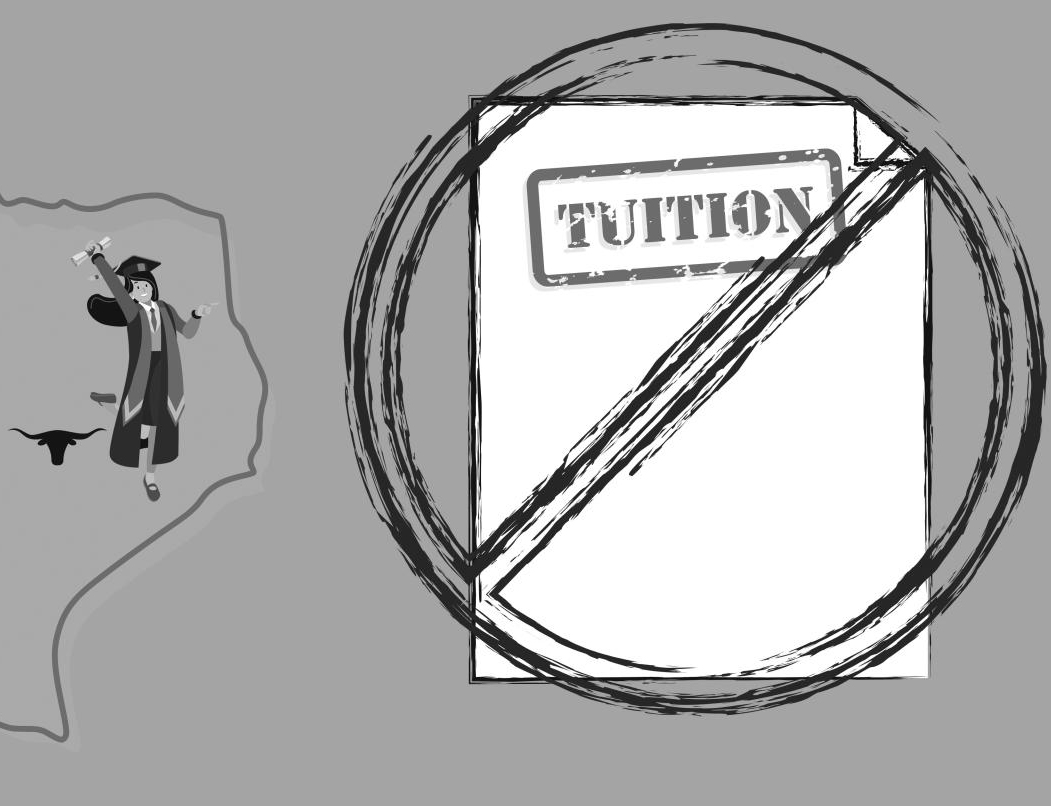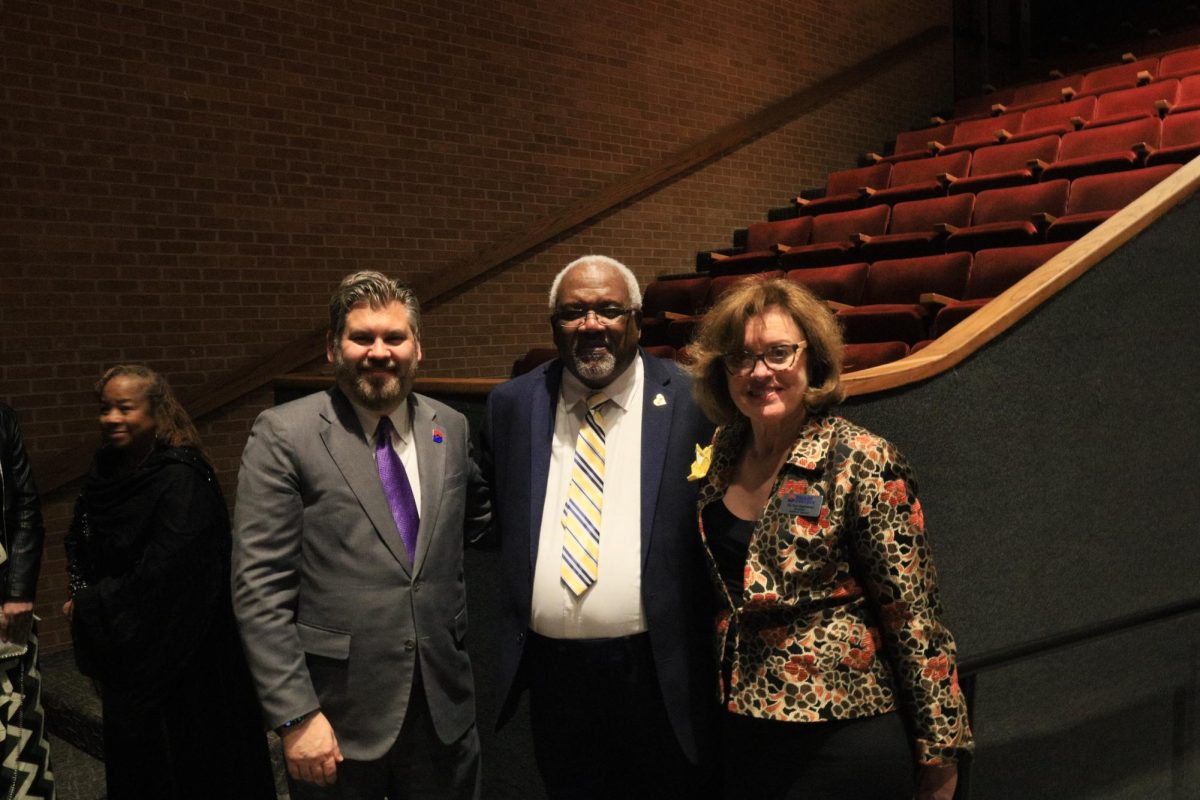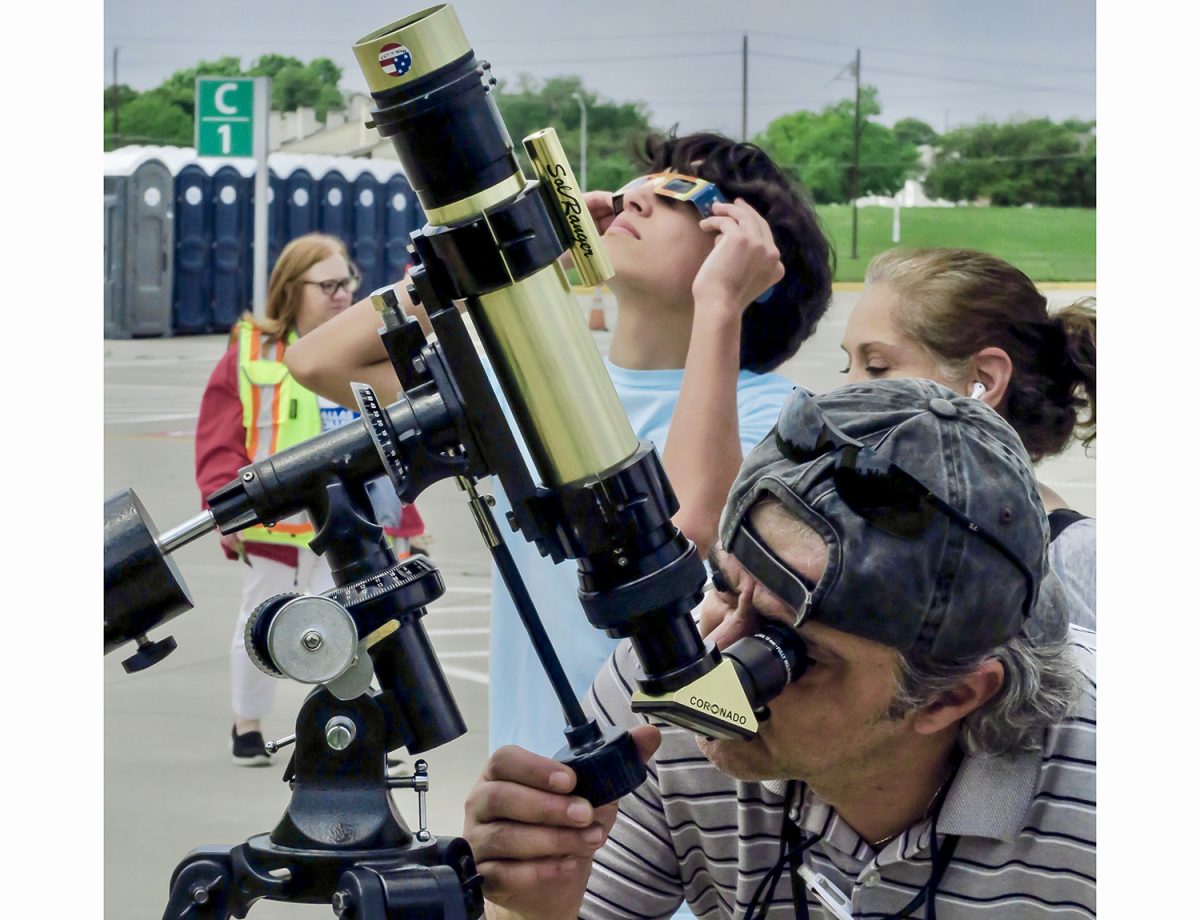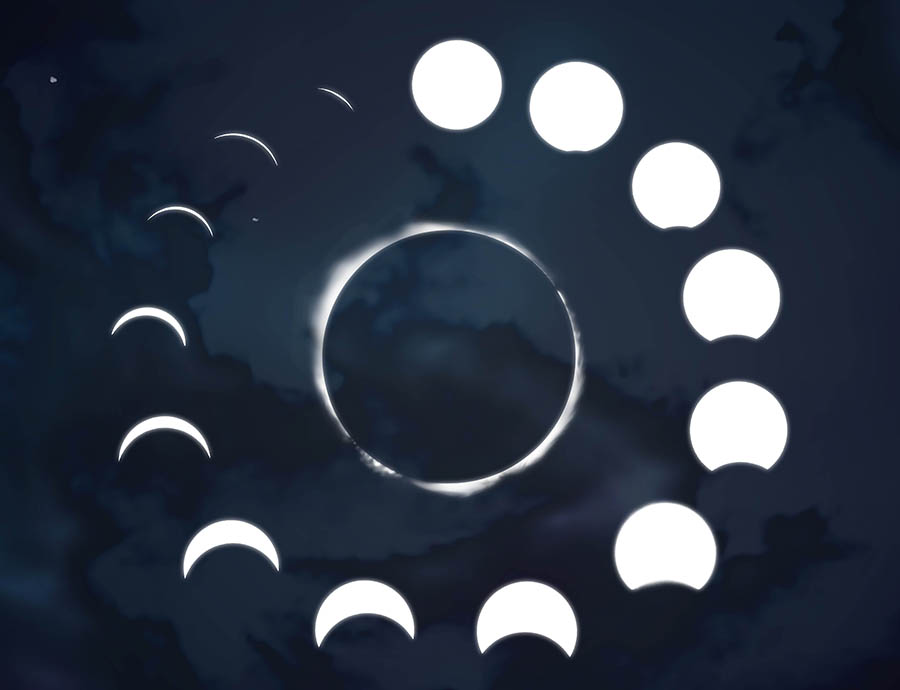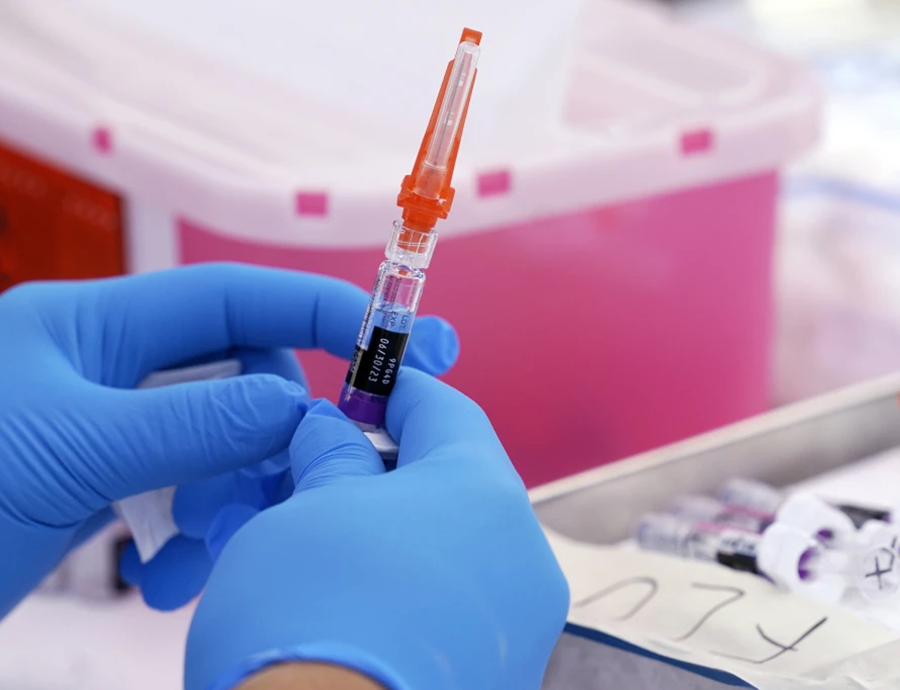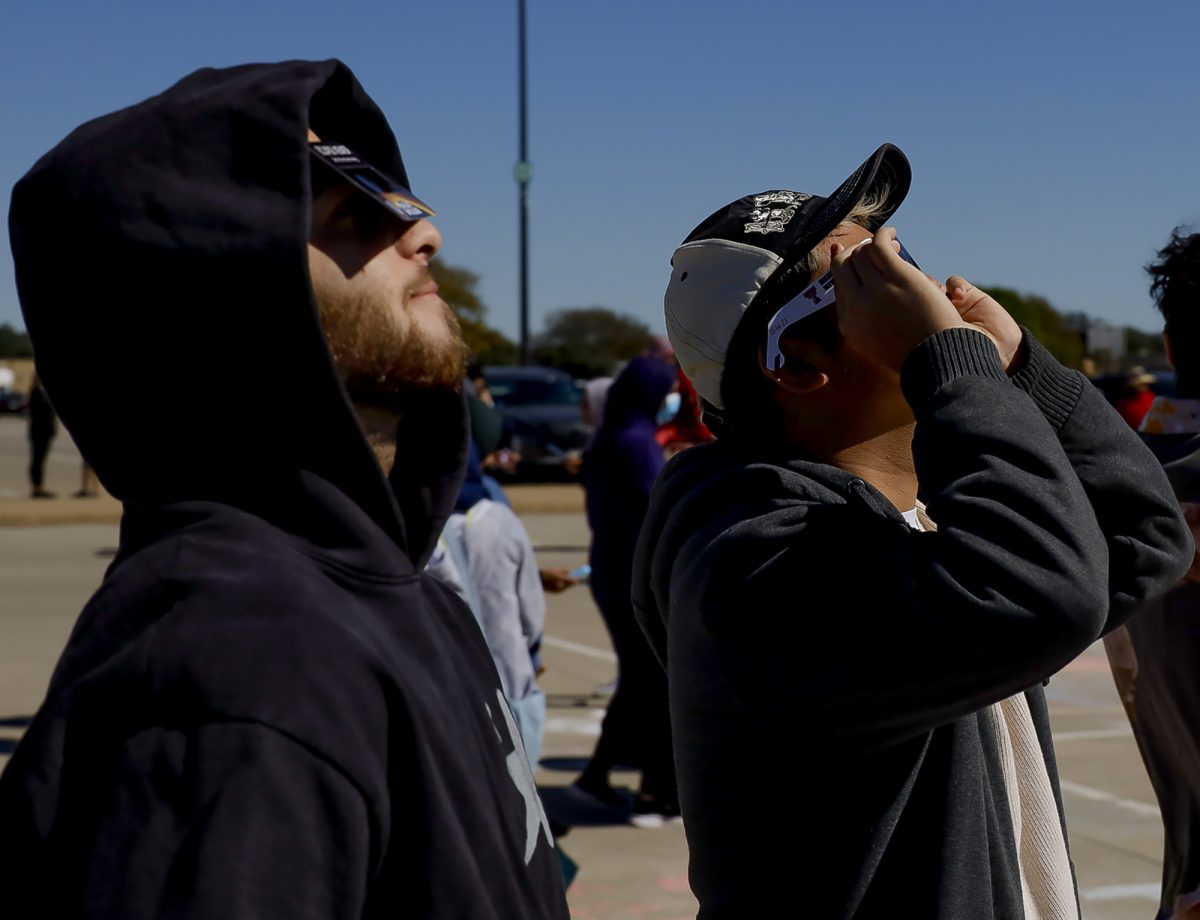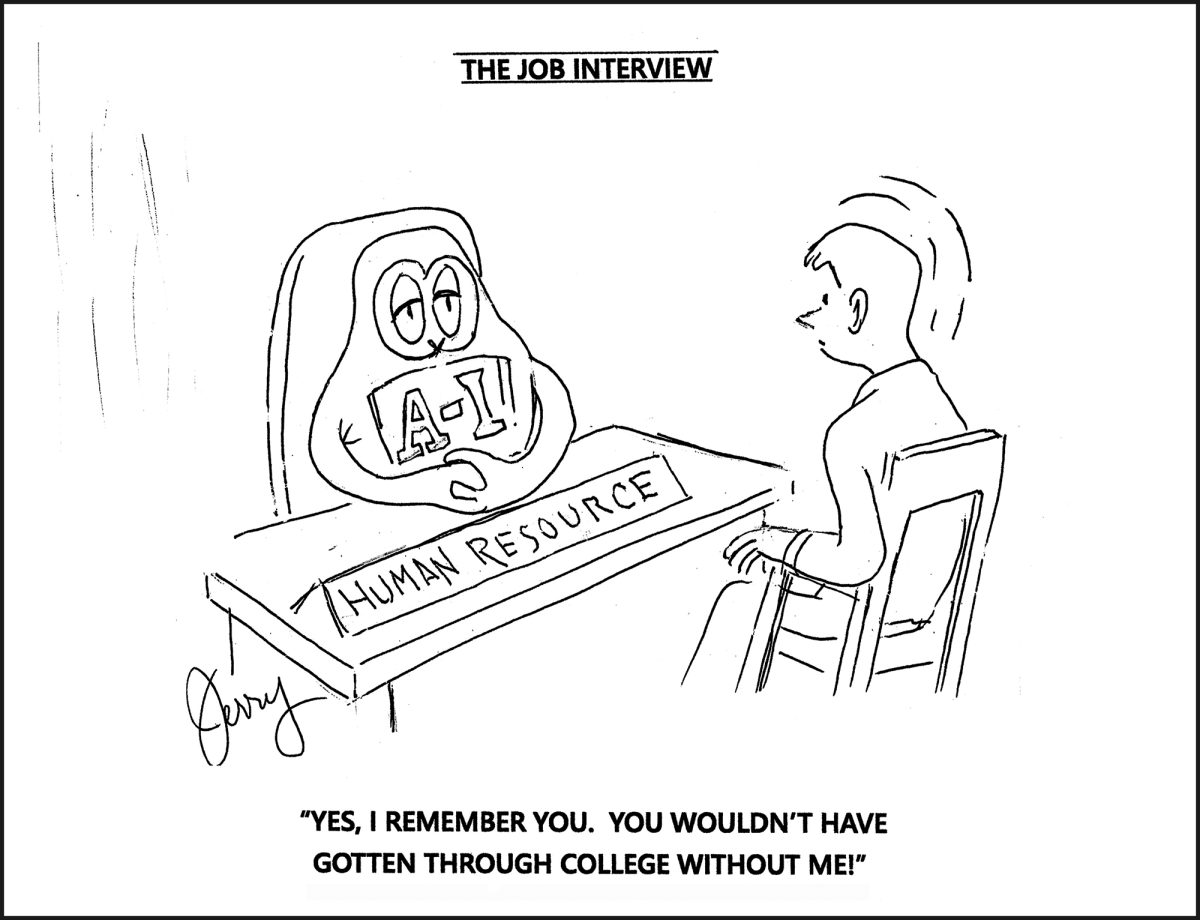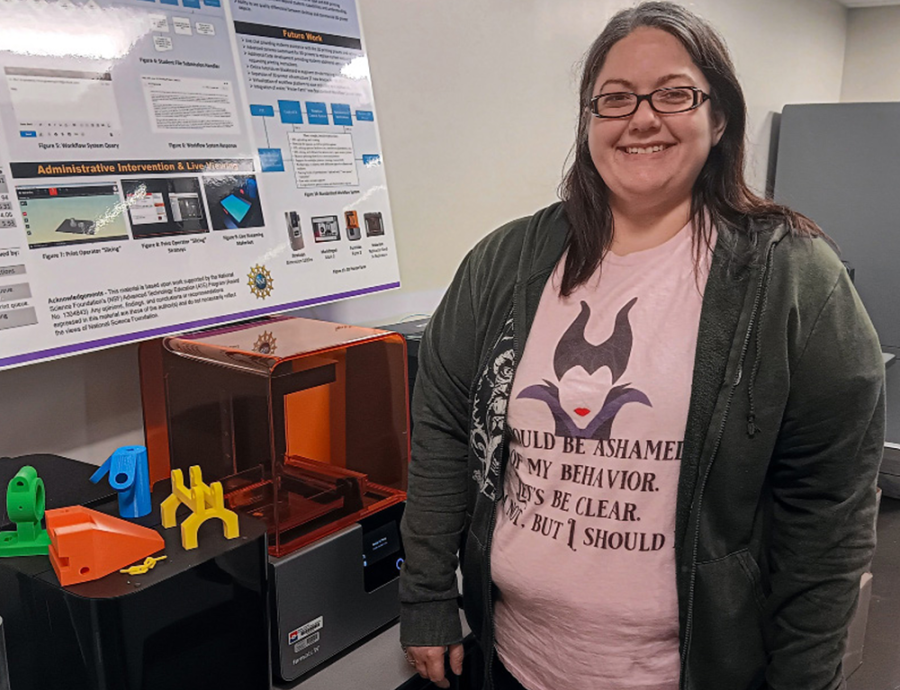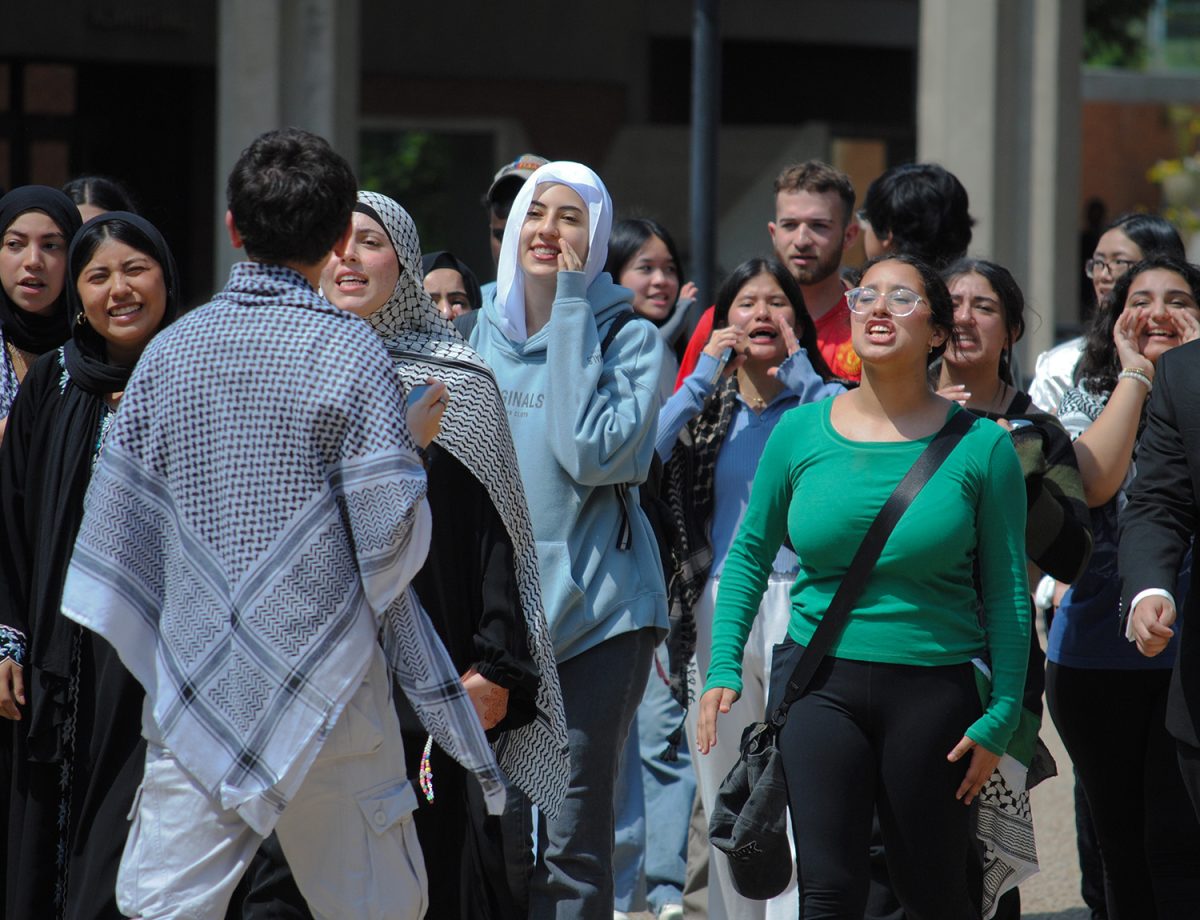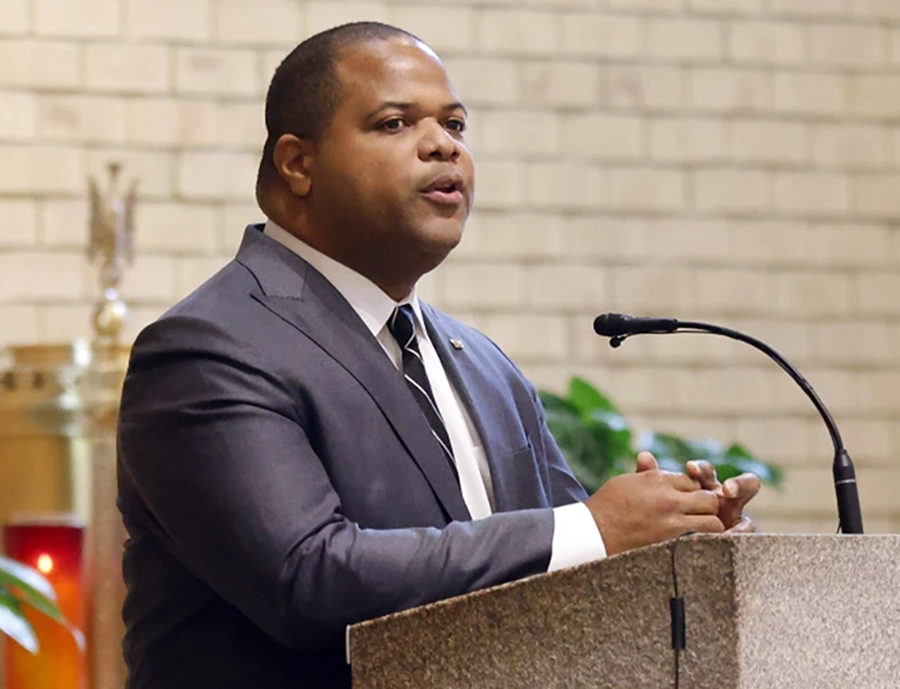Haley Aguayo
Staff Writer
After scrubbing its original launch due to troubleshooting errors pertaining to one of its four engines on Aug. 29, NASA continues to push back the launch date of Artemis I. “Artemis I will be an uncrewed flight test of the Space Launch System and the Orion spacecraft around the moon,” according to NASA’s website.
Jason Treadway is the director of the STEM Institute at Dallas College and helped orchestrate a launch-watch party that would have taken place during the initial launch. Since the launch continues to get rescheduled, the students and teachers at the STEM institute had other ideas about how they could commemorate this historical launch.
“This falls into the things we do, events and things like this centered around what is happening as far as science, technology, engineering and math are concerned. I really felt like the Artemis I would be something that students would find interesting and would want to be part of that history and also be a part of it with fellow STEM students to watch history in the making. Instead of it being a launch party to watch the Artemis launch, we’re gonna build and launch our own rockets on campus,” Treadway said.
“The last time we went to the moon was 50 years ago and the difference between that launch and what we’re doing now, 50 years ago the question was, ‘Can we even get to the moon? Can we even land a person on the moon?’ Now we know that we can.”
“This first launch is just one step of a much larger mission which will ultimately result in the first woman and the first person of color stepping foot on the moon. Having a young woman or a person of color just shows the inclusivity of this larger endeavor,” Treadway said.
Steve Jurczyk, who was acting administrator at the time of the Artemis I announcement in 2021, was the one who made the announcement that would make history: “NASA will land the first person of color in addition to the first woman on the moon with the Artemis program.”
“The Artemis program is the beginning of the next era of what we have a history and a tradition of. Providing vision and inspiring innovation in a way that is gonna benefit all mankind and womankind,” said Vice President Kamala Harris before the launch was scrubbed.
Though the launch may not have taken place during its initial set time, “a lot of what’s being done getting us to the moon this time will also be applicable to our further explorations into deep space and going to Mars,” Treadway said.
“The main thing that I would like students to take away from this is to be inspired. Be inspired to pursue their interests and possibly a career in STEM,” Treadway added.




